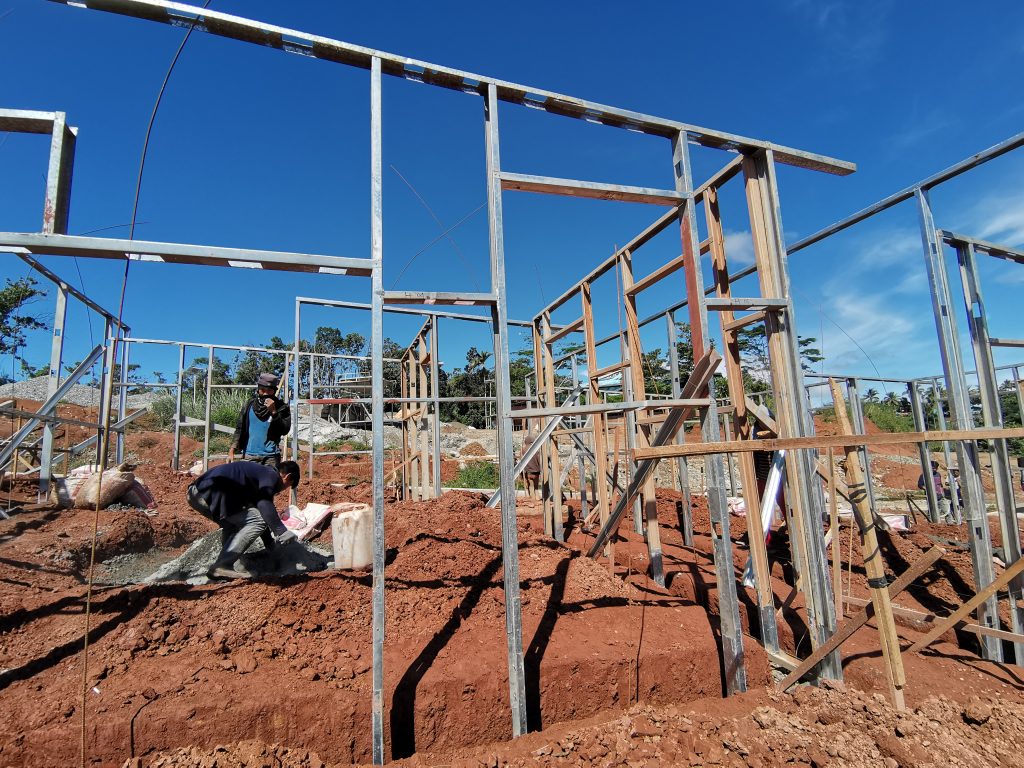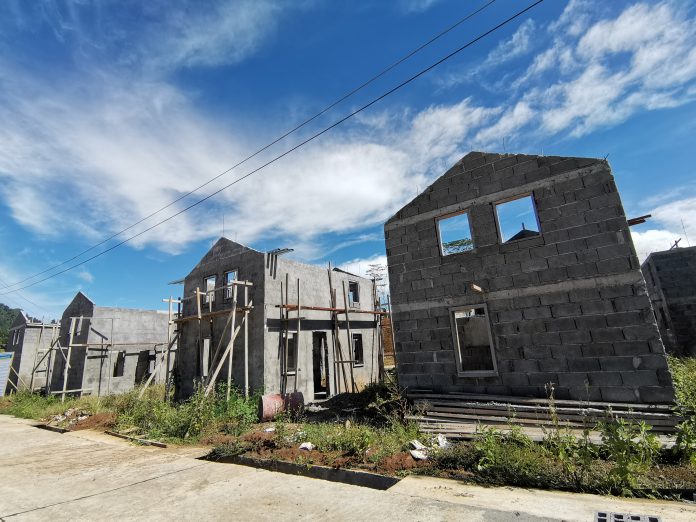After three years living in temporary shelters, the family of Janny Camlon Binasing is about to transfer to a house they can call home in the war-torn city of Marawi in the southern Philippines.
Sittie Arasin, Janny’s wife, is excited about the government’s promise of a permanent housing unit for those displaced by the 2017 shooting war in the city.
“From there, we can be comfortable,” said Sittie. “I know we can take off and start anew,” she said.
The couple knew that the place they lived in before the war in the village of Wawalayan Marinaut was not theirs.
“We knew that we were living there informally, but we had no choice because we had nowhere to go,” said Janny.
Before the conflict that leveled the city to the ground, the Binasings had a small store where they ladies clothes.
“We would go to Manila to buy the items that we would sell in Marawi,” said Janny. “Our life before the war was very comfortable,” he said.
When the conflict erupted, all the comfort were gone.
The family tried to reclaim their business after the war while staying in at least four “transitory shelters” in the village of Sagonsongan. They failed.
The couple and their five children were desperate until the government promised them a new place to live in.
“All that I am praying is that no one will drive us away, no one will harass, because it is so traumatic to live in a community when there is fighting,” said Janny.
“I still cannot forget what happened to us during the siege,” he added.
The Binasing couple is one of 250 families who were chosen to be given their own permanent shelter inside 70-hectare piece of land acquired by the National Housing Authority in the village of Kilala.

The government is constructing 1,500 houses for the families who lost their homes in the war’s “ground zero” in Marawi.
Mayor Majul Gandamra of Marawi said among the beneficiaries of the project are families who used to live on the banks of Agus River and those inside the reclamation area of Lake Lanao.
“These families can no longer go back to their places because the government has declared it ‘danger zones’ and ‘no build zones,’” said Gandamra.
Of the 1,500 housing units, the United Nations Human Settlements Programme will build 250 through the financial support from the government of Japan.
Of the 250 units, 50 will be constructed by the Army’s 55th Engineer Brigade.
Each shelter will be a one-story structure on a 90-square meter lot. It will be made of concrete with steel frame and with a total floor area of 46 square meters.
It will have its own toilet and kitchen and will come with electrical and plumbing system.
Engineer Vicente Baṅares, president of Alay Balay, said all units will be built using a “steel frame technology” with concrete infill that is “four times stronger than hollow blocks.”
Alay Balay is a builder-partner of UN-Habitat.
Lt. Gen. Cirilito Sobejana, commander of the Armed Forces of the Philippines’ Western Mindanao, said that through the project, the military will be able to show that it is “not only for war but also for civil military operations.”
“We give more premiums on our operations other than war, and that is the civil military operations,” said the military official.
“This (project) is one of the manifestations that your soldiers are not only for war but also for development,” he said during the signing of a memorandum of agreement with UN-Habitat in July 23.
Warren Ubongen of UN-Habitat said the initiative is part of the organization’s “Rebuilding Marawi through Shelter and Livelihood Project,” which was started in 2017.
“Given the challenging post-siege context of Marawi City, UN-Habitat has been exerting effort to respond to the clamor of [internally displaced persons] for permanent shelter,” he said.
Ubongen noted that the homeowners under the Rebuilding Marawi Project had shown patience “amidst all the challenges that the project face.”
“They have been actively working with UN-Habitat to find solutions on how we can overcome the various challenges,” he said.
While actual shelter construction has just started to take off, the livelihood component of the “Rebuilding Marawi Project” is also making significant contribution in restoring the economy of the city.
At 31 cooperatives have already engaged in various enterprises and businesses, including transport service, water refilling stations, printing shops, groceries, and the selling of rice.









